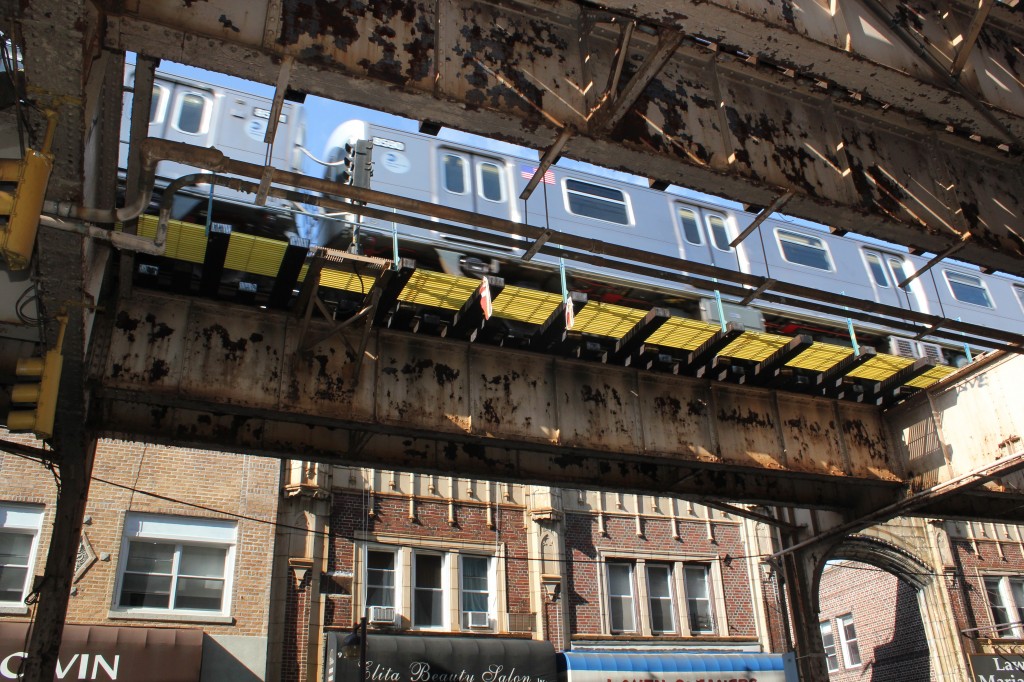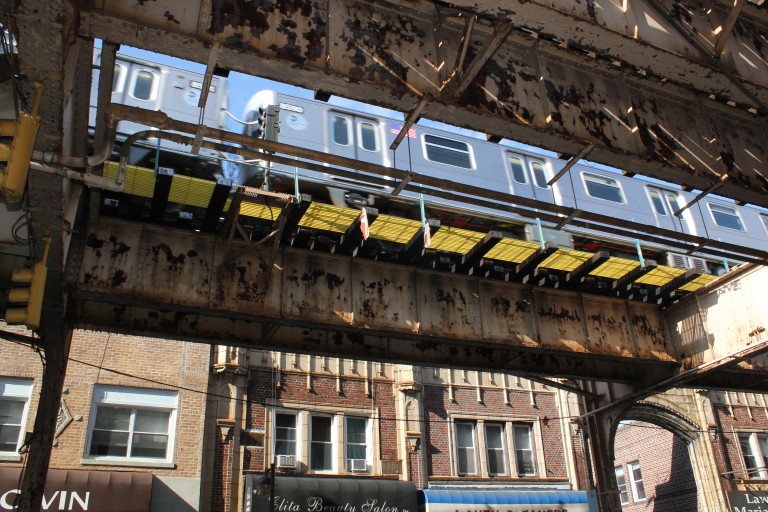 An audit released jointly by the city and state comptrollers on Sunday revealed that Metropolitan Transportation Authority’s (MTA) poor handling of subway diversions and repair projects has led to a loss of millions of dollars and causing subway riders major headaches.
An audit released jointly by the city and state comptrollers on Sunday revealed that Metropolitan Transportation Authority’s (MTA) poor handling of subway diversions and repair projects has led to a loss of millions of dollars and causing subway riders major headaches.
The audit, which examined service diversions from January 1, 2009 to July 14, 2010, found that work on the closed subway lines would often start later than announced and end earlier than expected. It also found that the MTA failed to adequately inform the public about upcoming weekend service changes.
“When the MTA fails to manage its service diversions properly, it’s more than an inconvenience,” said State Comptroller Thomas DiNapoli, who headed the audit along with City Comptroller John Liu, in a statement. “It’s a waste of taxpayer money and it derails local businesses.”
Service diversions often started one hour after it was scheduled and ended up to two and a half hours before it was supposed to, which is estimated to cost the City about $10.5 million. The audit examined worksheets for 29 diversions and found that work started late for 28 of them and ended early for 21.
The audit also noted that the MTA did not consistently inform its riders about upcoming service diversions. It found that the MTA only allocated $228,000 of its 2010 budget to inform its annual 2.3 billion riders of forthcoming service changes. In Comparison to the Long Island Rail Road, which spent $742,432 on notifying its 81.9 million customers of service diversions that same year.
Newspaper ads were only created for two of the 50 diversions that the audit sampled, and neither of the two pertained to high-ridership areas such as Times Square and Grand Central.
According to the audit, between 2008 and 2010, the number of weekend diversions increased from 47 to 74 and train diversions lasting for at least one month grew from 7 to 57. Liu says that these statistics would not be a surprise to most New Yorkers.
“Sadly this confirms the nagging suspicion of riders, residents and business owners alike, that subway service is taken down more than necessary,” Liu said. “We expect the MTA to maintain and repair the tracks, while keeping disruptions to a minimum.”
A service diversion occurs when all or part of a subway line is shut down for maintenance.
The audit also reports that businesses are also affected when train service is diverted.
The 7 line, which connects Manhattan with Queens neighborhoods from Long Island City to Flushing, had nine straight weekend disruptions between January and March of 2010 and some businesses in those areas reported a 30 percent decrease in profits due to subway diversion.
At the end of the audit, the comptrollers listed five recommendations for the MTA, including reevaluating its budget on alerting subway riders of future service changes and ensuring diversions start and finish on scheduled times.
Attached to the audit was a response letter from the MTA regarding the recommendations.
In the letter, MTA New York Transit President Thomas Prendergast disputed the audit’s point that the MTA didn’t post enough newspaper ads, saying that they weren’t created for places like Grand Central.
“Newspaper ads are based on high impact or complicated diversions and are not location specific.” Prendergast wrote.
MTA New York City Transit President Thomas Prendergast says that they are working towards fixing the problems found in the audit, including earlier night-time service diversions, which could increase work productivity while minimally impacting customers.

